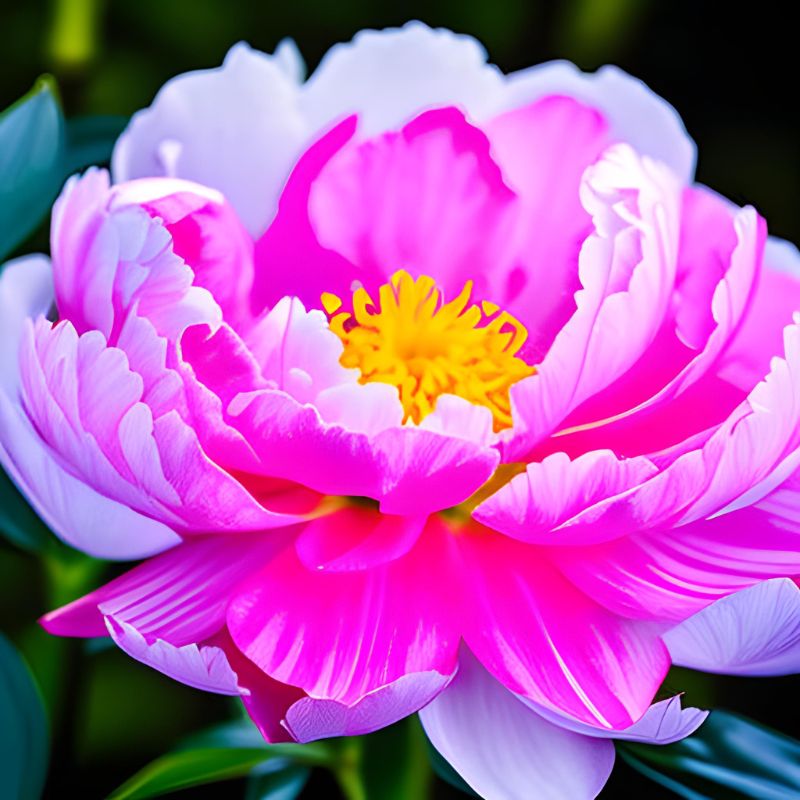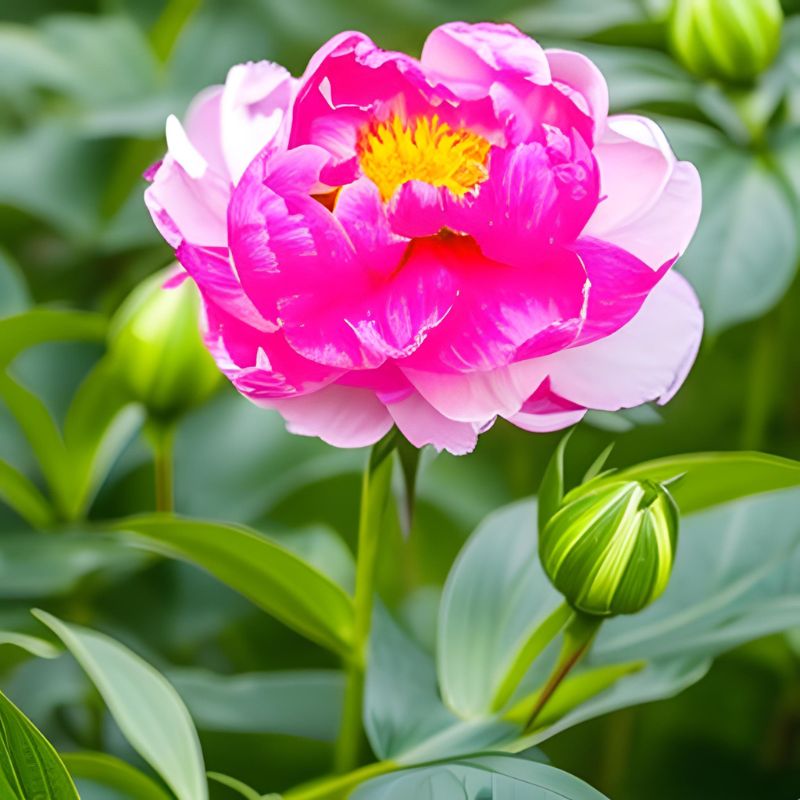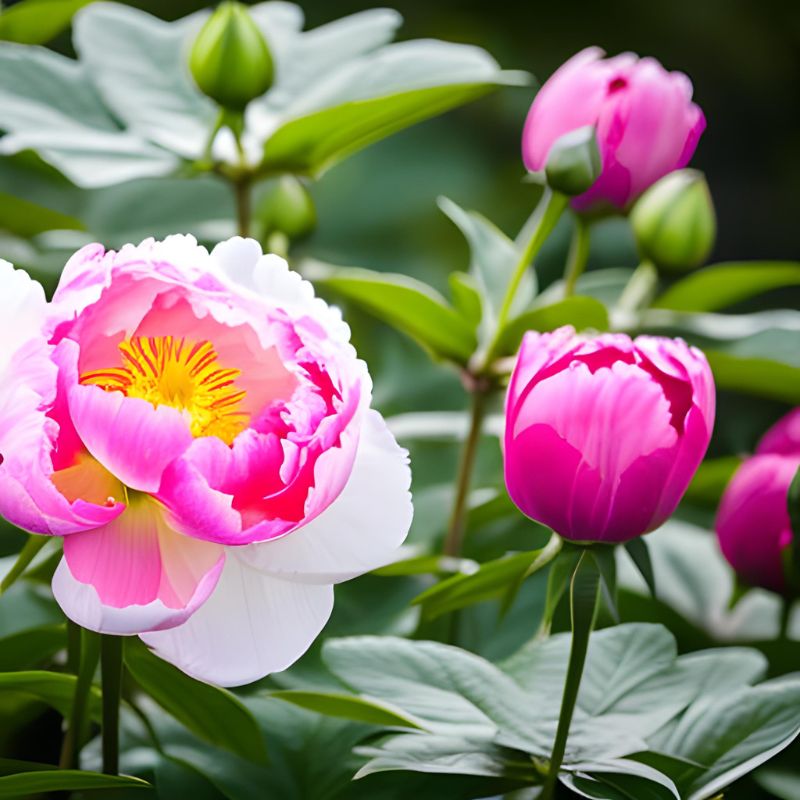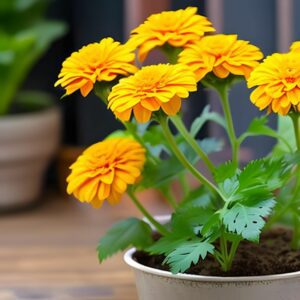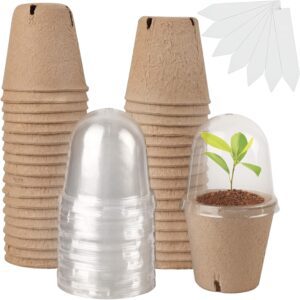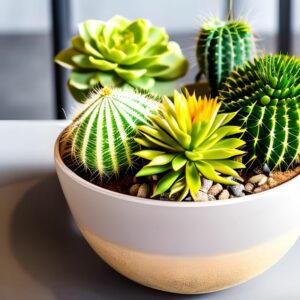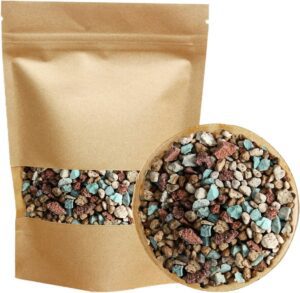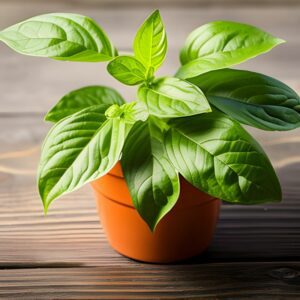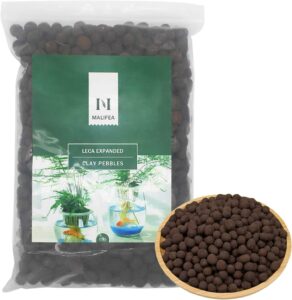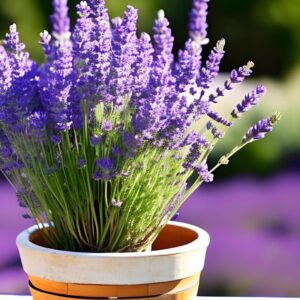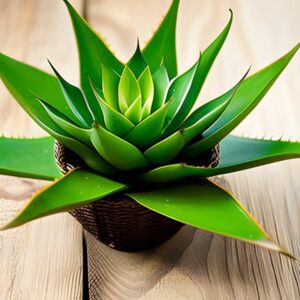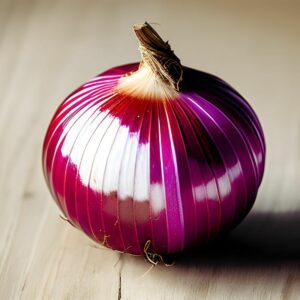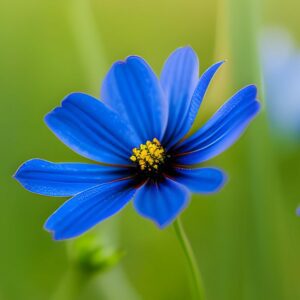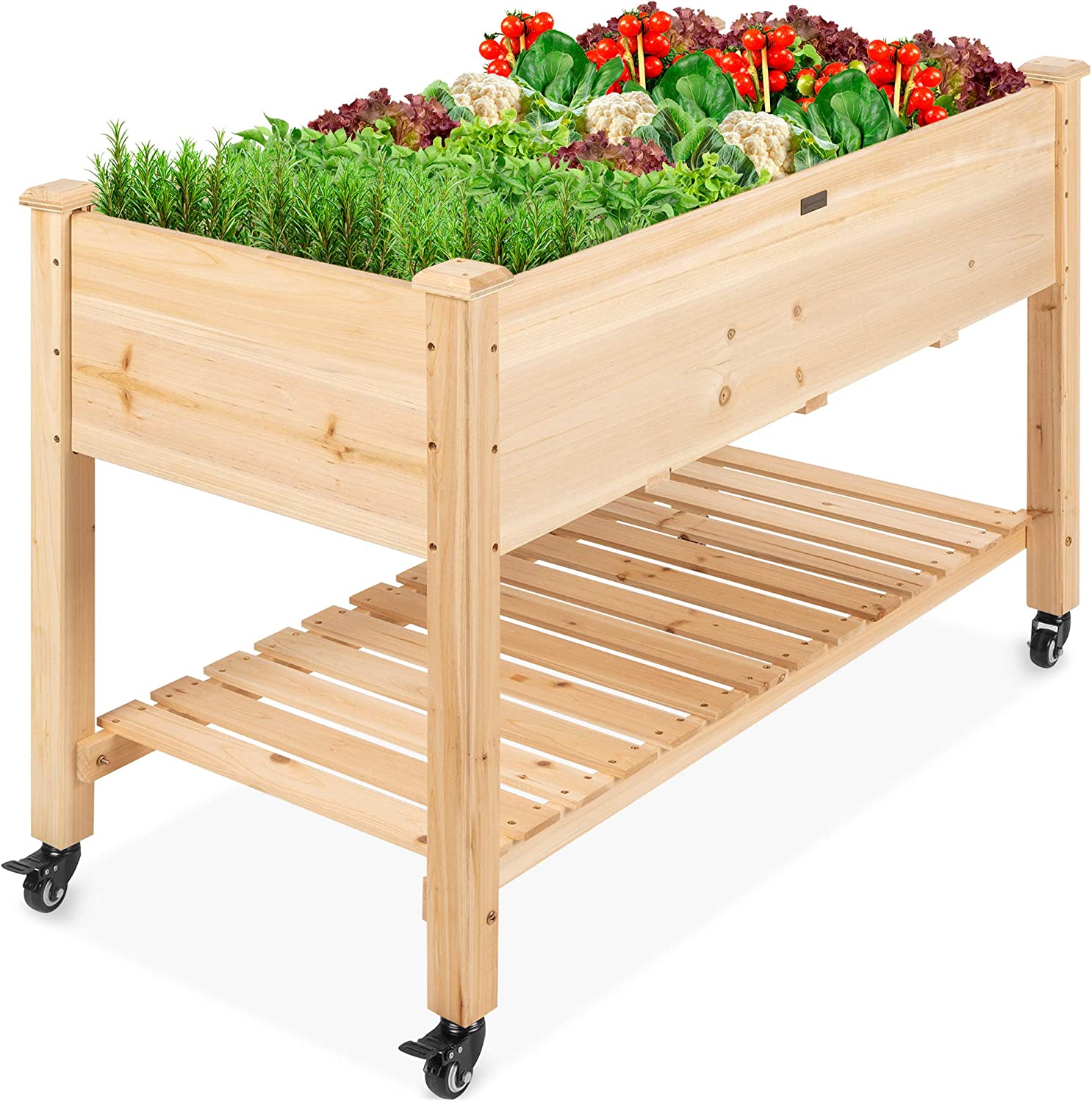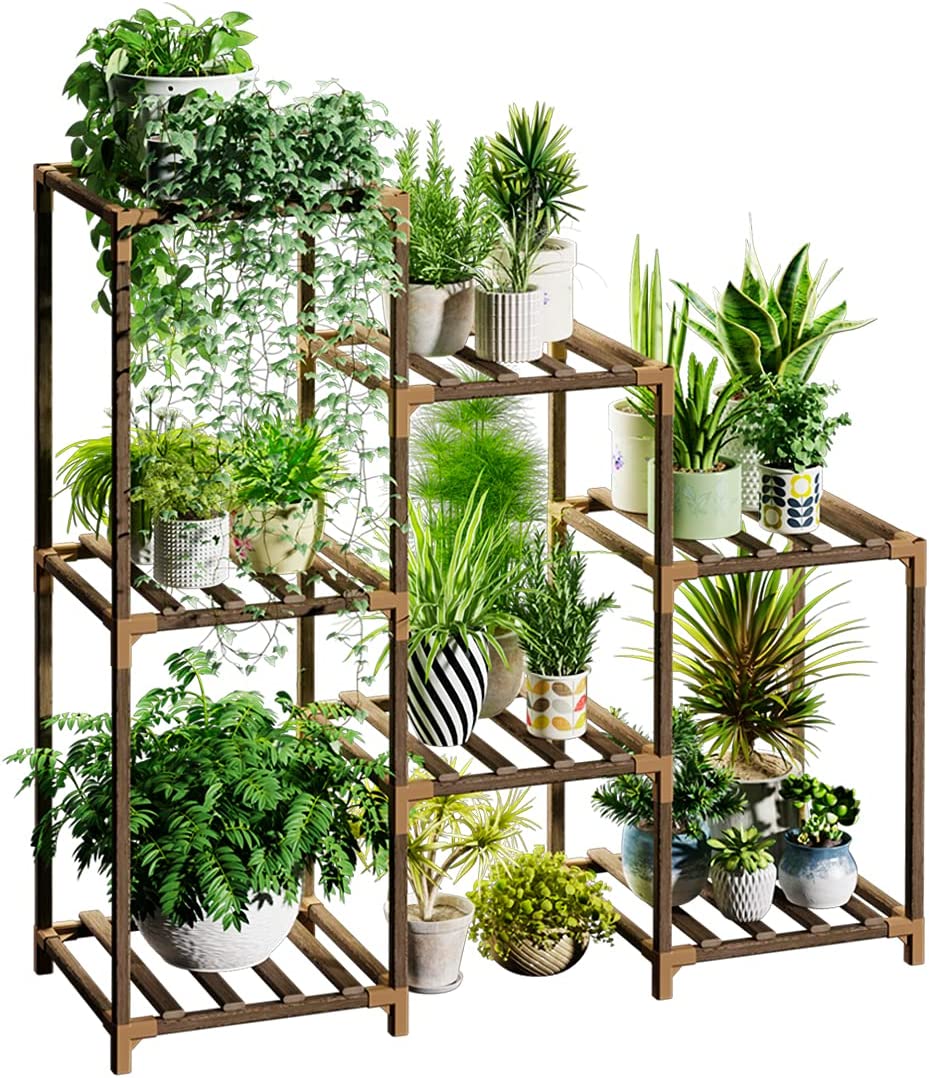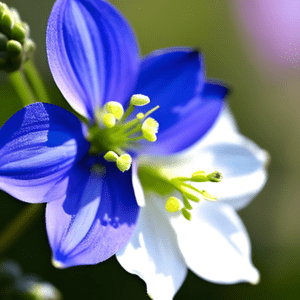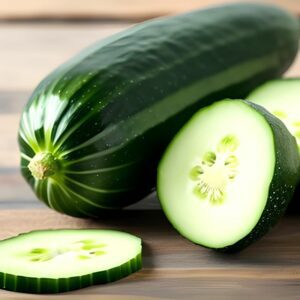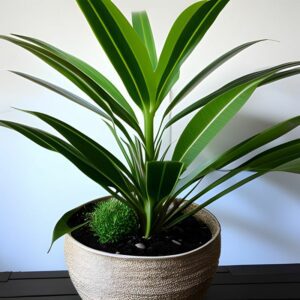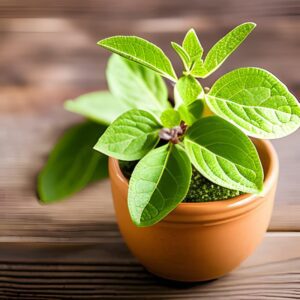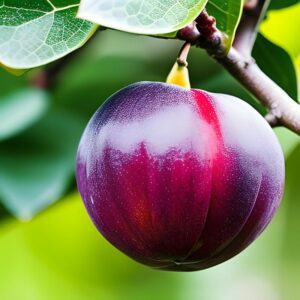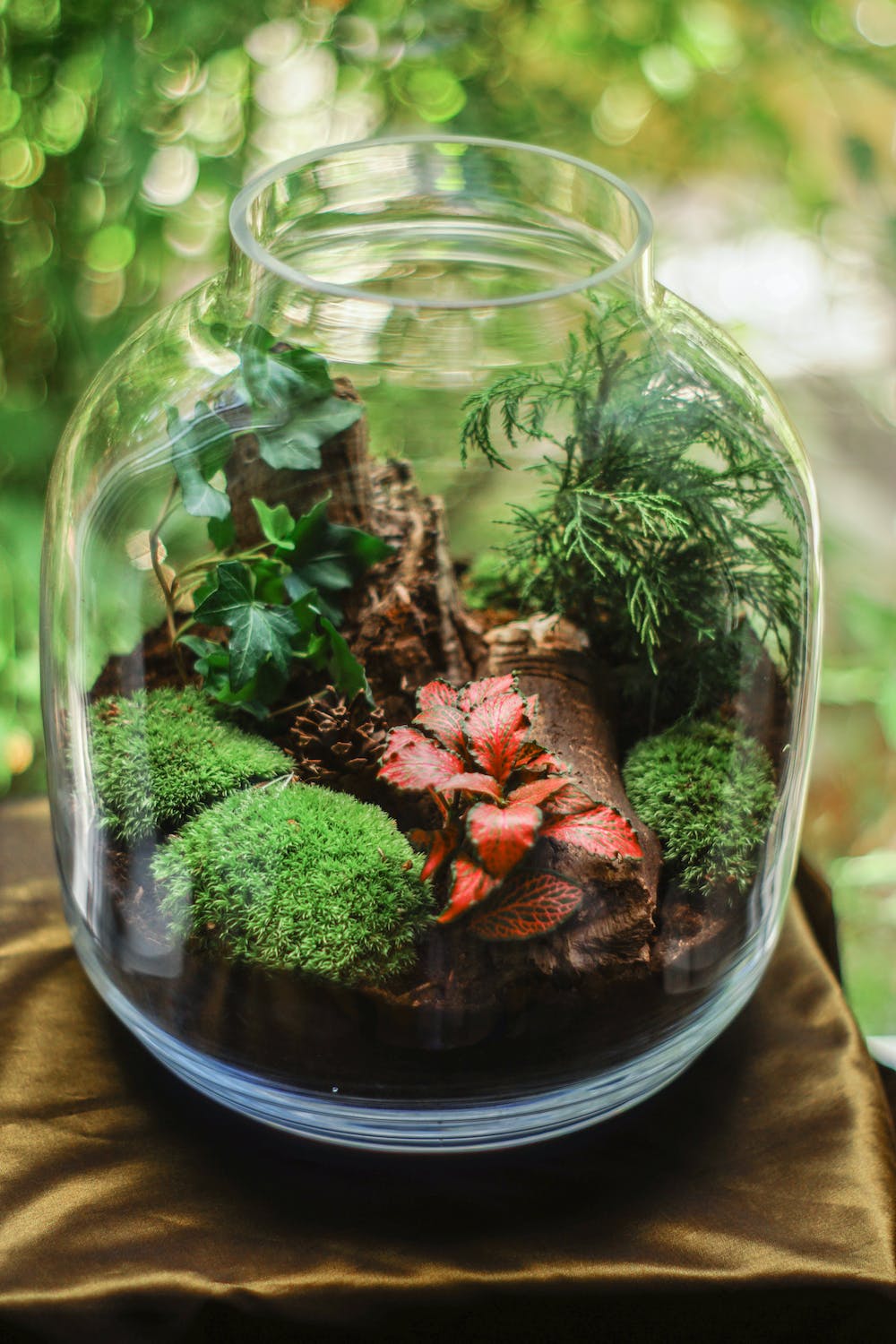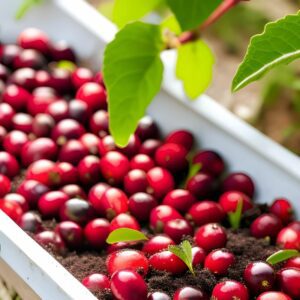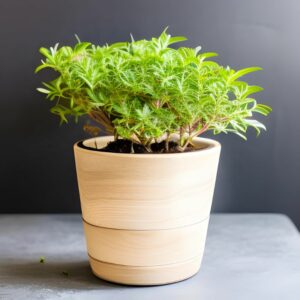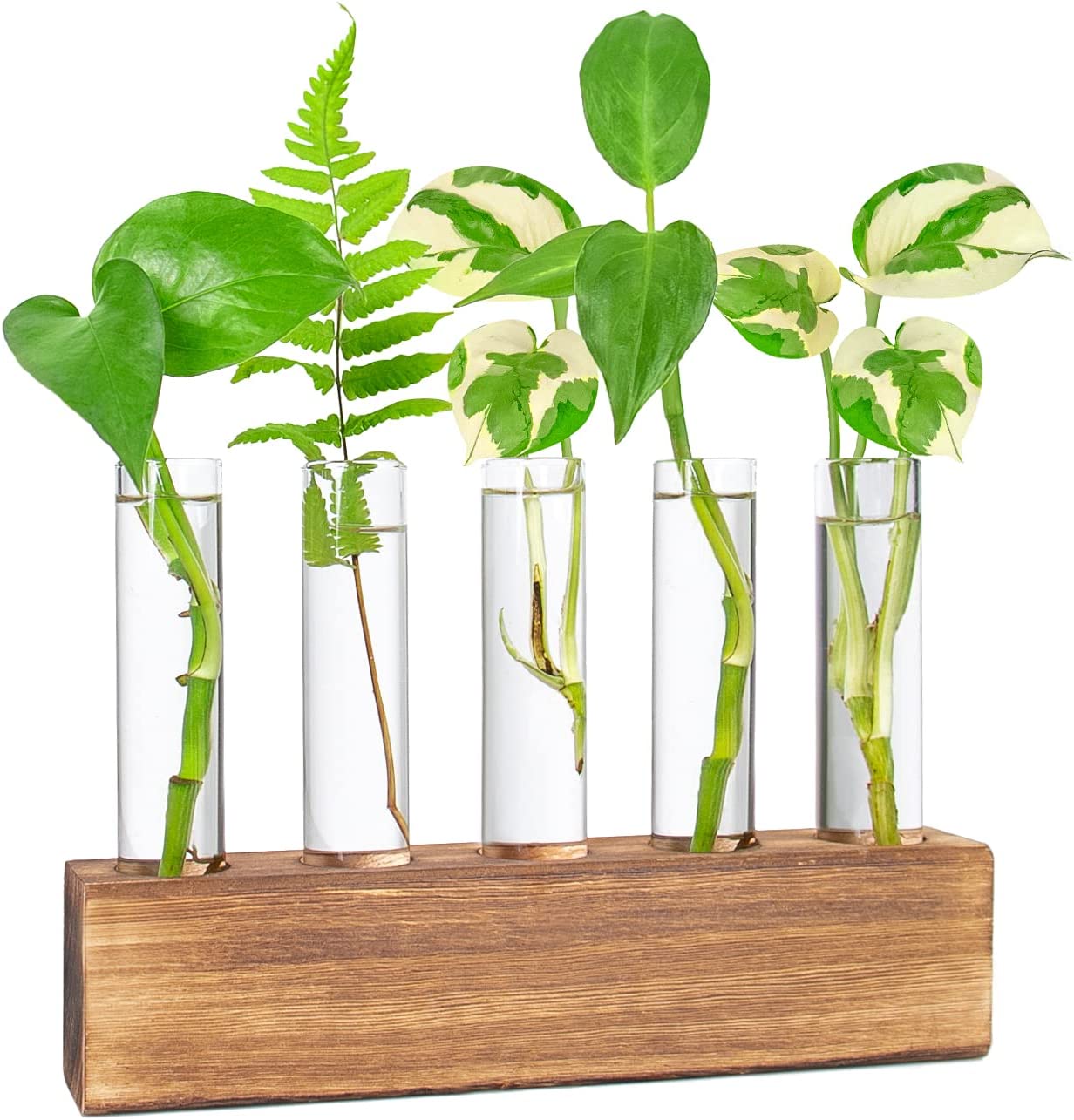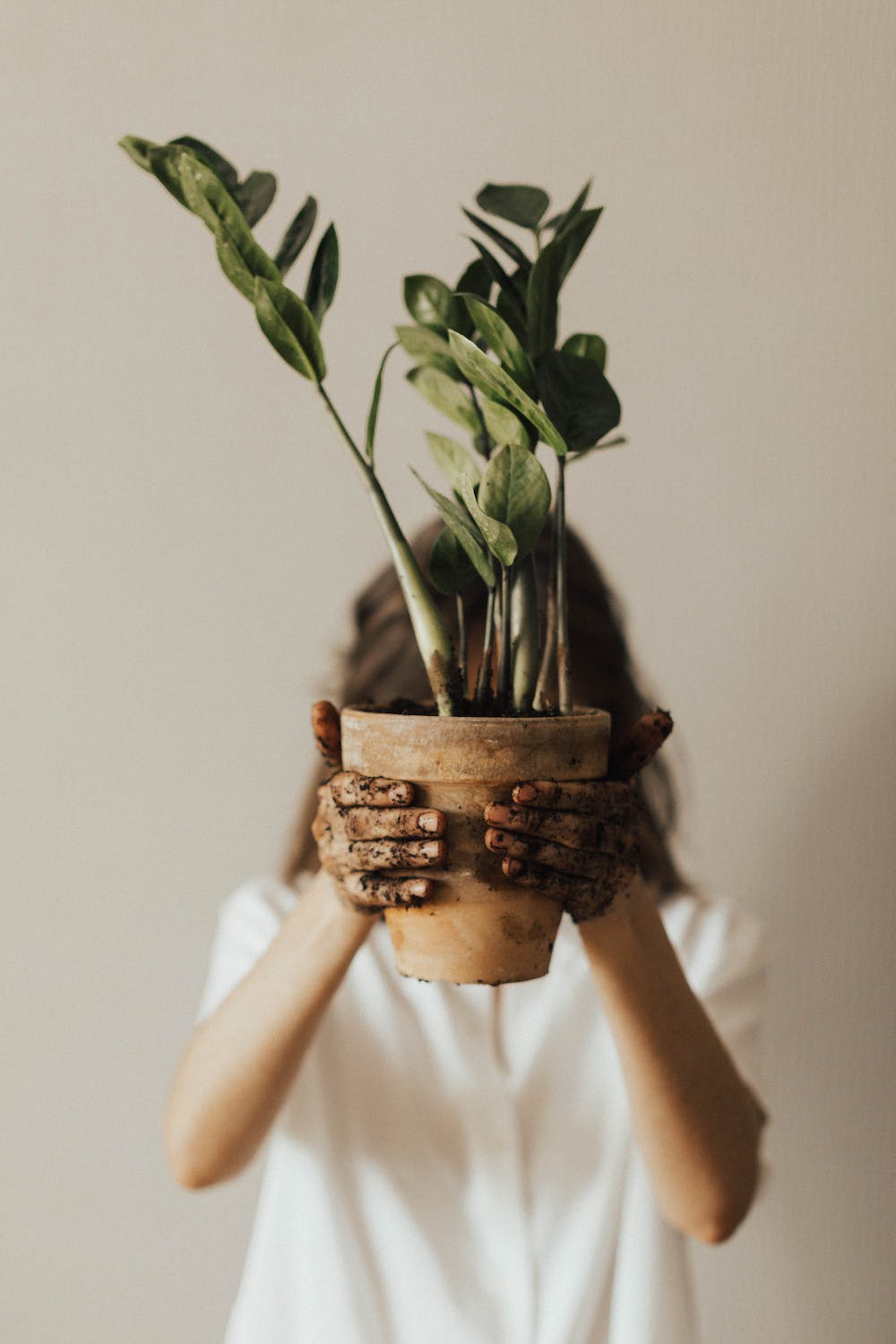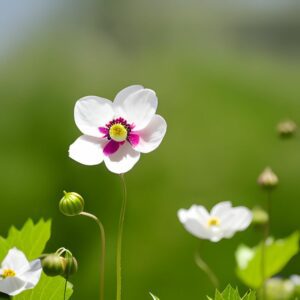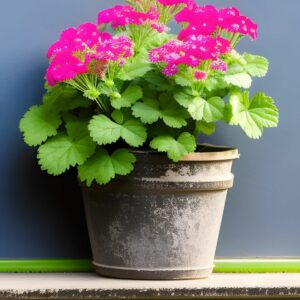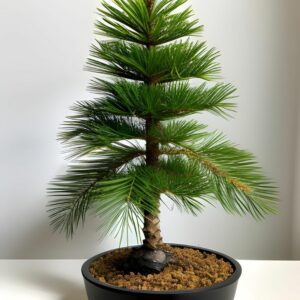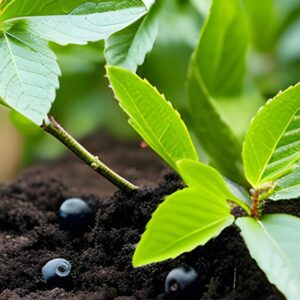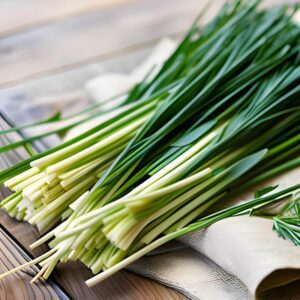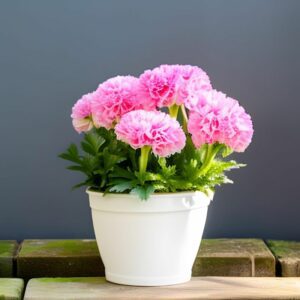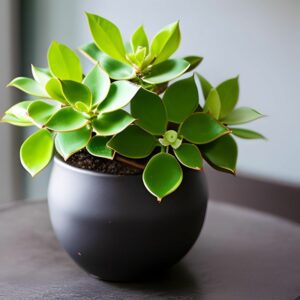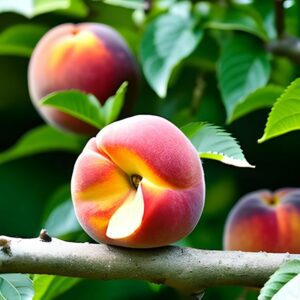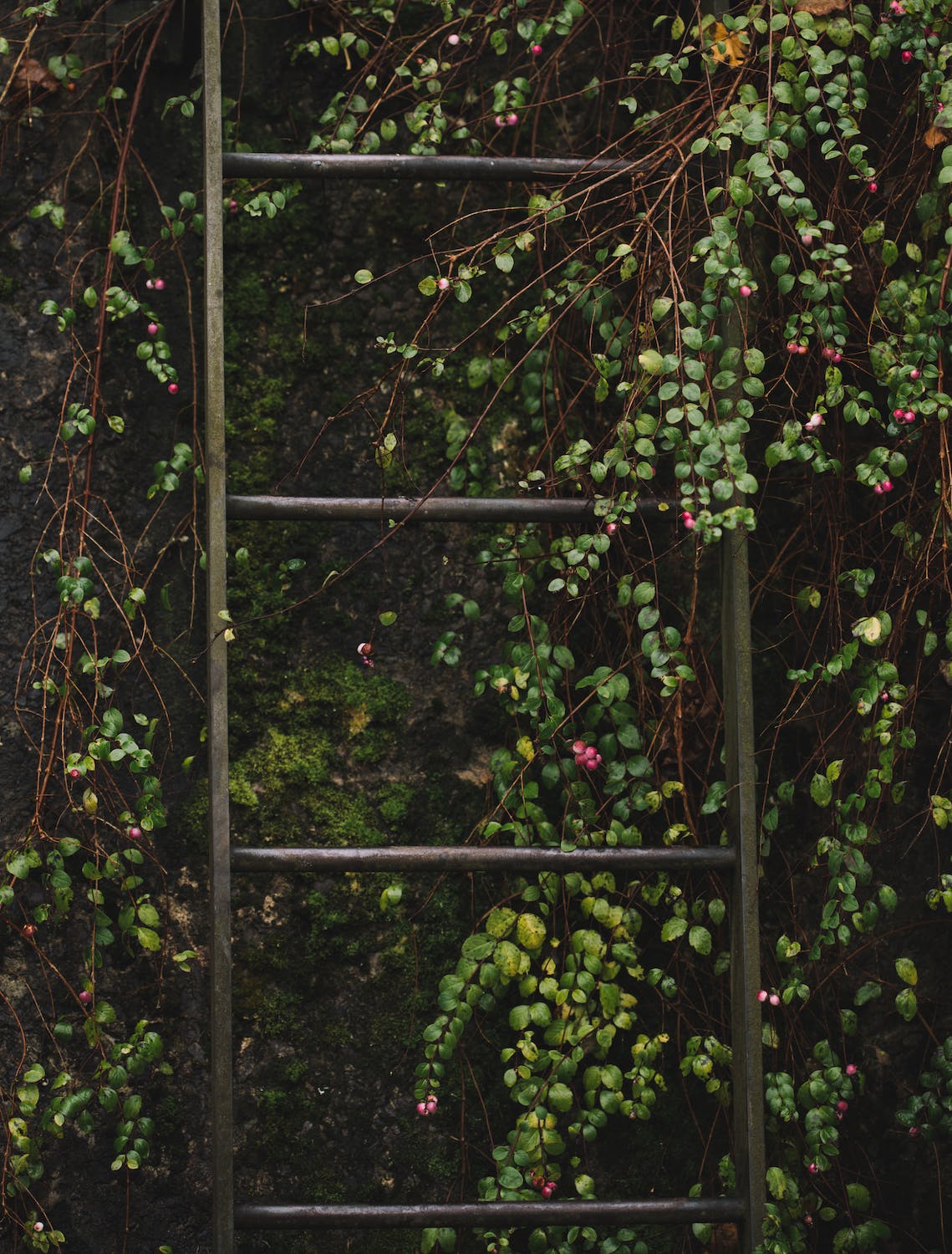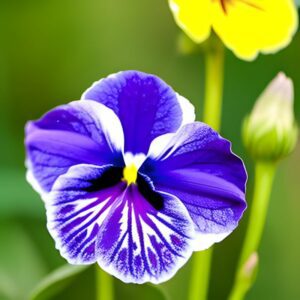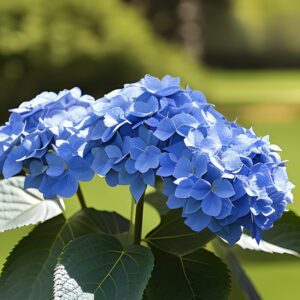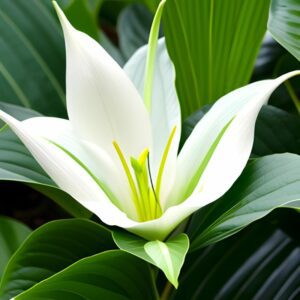Peonies
Flowers
- Asia
- Easy
- 2-3 Years
Introduction
Peony flowers are renowned for their exquisite beauty and are cherished for their large, showy blossoms. They have a long history and are considered a symbol of love, prosperity, and good fortune in many cultures. Peonies are commonly used in floral arrangements and as ornamental plants in gardens.
Plant Characteristics
Peonies feature lush, green foliage and stunning flowers that come in various colors, including shades of pink, red, white, and yellow. The flowers are often large and have a delicate, fragrant scent. Peony plants can grow up to 3 feet in height and have a bushy growth habit.
Ideal Growing Conditions
Peonies prefer full sun to partial shade, with at least 6 hours of direct sunlight each day. They thrive in well-drained, fertile soil that is rich in organic matter. The soil should have a slightly acidic to neutral pH. Adequate air circulation is important to prevent diseases.
Planting Guide
Plant peony tubers or bare root divisions in the early fall or spring. Choose a planting location with good sunlight and well-drained soil. Dig a hole that is wide and deep enough to accommodate the root system. Place the peony tuber or division in the hole, making sure the eyes (buds) are facing upwards. Backfill the hole with soil and gently firm it around the plant. Water thoroughly after planting.
Watering and Fertilizing
Water peonies deeply once a week, providing enough water to moisten the soil to the root depth. Avoid overwatering to prevent root rot. Apply a balanced fertilizer in early spring and again after flowering to promote healthy growth and abundant blooms.
Pruning and Maintenance
Remove faded flowers to encourage continuous blooming and prevent seed formation. Cut back the foliage to the ground in late fall or early winter after it has turned brown. Apply a layer of mulch to protect the plant during winter.
Harvesting or Flowering
Peonies typically bloom in late spring to early summer, producing gorgeous flowers that can last for several weeks. The exact flowering period may vary depending on the variety.
Post-Harvest Care
After the blooming season, allow the foliage to die back naturally. Leave it in place to provide nourishment to the plant. In late fall or early winter, clean up any remaining dead foliage to prevent diseases.
Troubleshooting
Powdery mildew and botrytis blight can affect peonies. Ensure good air circulation and avoid overhead watering to minimize the risk of these diseases. Peonies may be susceptible to root rot if grown in poorly drained soil. Ensure the planting site has adequate drainage.
Fun Facts
Peonies have been cultivated for over 2,000 years and are considered one of the oldest cultivated flowers.
